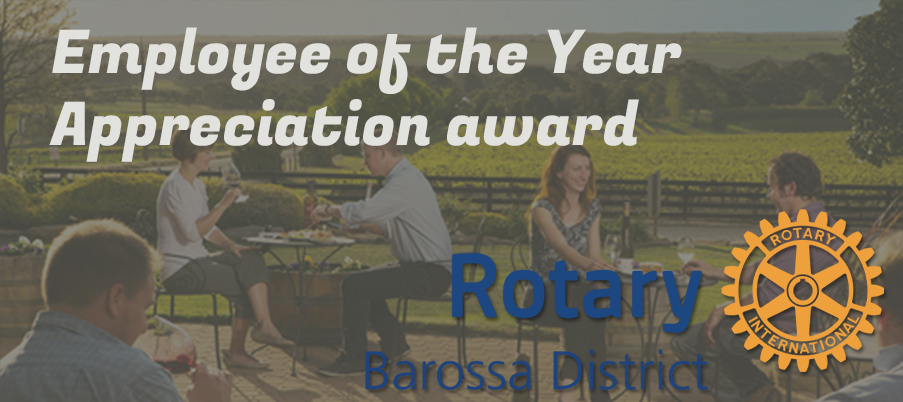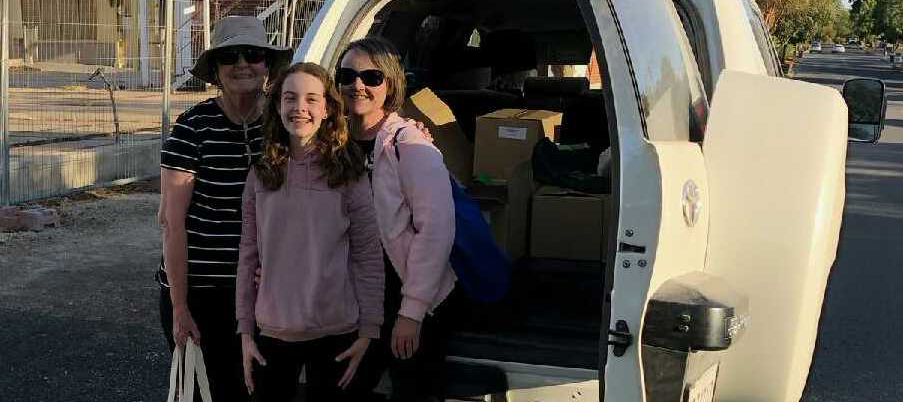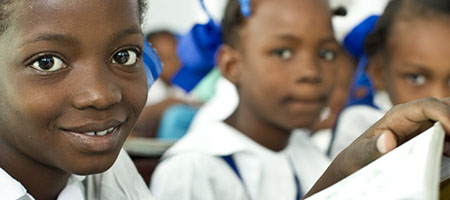Historically
 Rotary in South Australia started with the formation of the Rotary Club of Adelaide on 24 August 1923. At that time there were only four other Rotary Clubs in Australia – the Rotary Clubs of Melbourne, Sydney, Brisbane and Newcastle – and there were no Districts. Two Commissioners were appointed, one, Professor Osborne of the Rotary Club of Melbourne, to look after the southern States of Victoria, Tasmania, South Australia and Western Australia and the other, Sir Henry Braddon of the Rotary Club of Sydney, to look after New South Wales and Queensland. The main role of both Commissioners was to foster the extension of Rotary.
Rotary in South Australia started with the formation of the Rotary Club of Adelaide on 24 August 1923. At that time there were only four other Rotary Clubs in Australia – the Rotary Clubs of Melbourne, Sydney, Brisbane and Newcastle – and there were no Districts. Two Commissioners were appointed, one, Professor Osborne of the Rotary Club of Melbourne, to look after the southern States of Victoria, Tasmania, South Australia and Western Australia and the other, Sir Henry Braddon of the Rotary Club of Sydney, to look after New South Wales and Queensland. The main role of both Commissioners was to foster the extension of Rotary.
Although there were “unofficial” conferences held for the Clubs in 1926 and 1927, there was no District in Australia until 15 September 1927, when one District [District 65] was formed for the whole of Australia. The first District Governor was Fred Birks [Drugs Retailing] of the Rotary Club of Sydney and he served for two years.
Over the years new Districts have evolved from the original District 65 as the number of Rotary Clubs increased. As far as District 9500 is concerned, it has evolved from Districts 64, 33, 250 and 950. Besides Adelaide, other early South Australian Clubs were Mount Gambier [1928], Unley [1935], Port Adelaide [1946], Victor Harbour [1947], Port Lincoln [1949] and Prospect [1950].
On 1 July 1977, District 250 was divided into Districts 950 and 952. District 950 occupied the western half of South Australia and Alice Springs/Yulara [Ayers Rock] whilst District 952 occupied the eastern half of South Australia including the Riverland and also Mildura and Broken Hill. The late Jack Turner of the Rotary Club of Adelaide West became the first District Governor of District 950 which at the time comprised 32 Rotary Clubs and 1505 members. A re-numbering brought about the present District 9500 on 1 July 1991 when the District comprised 51 Clubs and 1870 members. Currently there are 50 Clubs in the District with approximately 1470 members.
And Geographically
District 9500 embraces most of South Australia and half of the Northern Territory. It covers 1,700,000 square kilometres and stretches from the Southern Ocean to beyond Alice Springs in the north. South Australia’s capital city is Adelaide, which was named after the wife of King William- Britain’s ruling king at the time of the State’s settlement.
Half of Adelaide’s population of 1,150,000 resides in District 9500, the other half in District 9520. A narrow coastal belt houses most of the population. The economy of South Australia is centred on industry, commerce, sheep, wheat, cattle, wine, fruit, fishing and tourism and the southern half of the Northern Territory relies on tourism and cattle. The District is predominantly arid or semi-arid, with spectacular scenery – Ayers Rock [Uluru], The Olgas [Kata Juta], wild flowers in profusion after rains, an abundance of native animals and birds, and extensive saltbush grazing lands. The population is sparse in these semi-arid or arid areas and tourism is important to the District’s economy.
District 9500 is home to the longest straight stretch of railway line in the world [478 kilometres] and contains the largest lead smelter in the world [at Port Pirie]. The opal fields of Coober Pedy produce some of the world’s finest opals. The great white shark roams South Australia’s waters and the tuna and lobster industries are an important export commodity.




